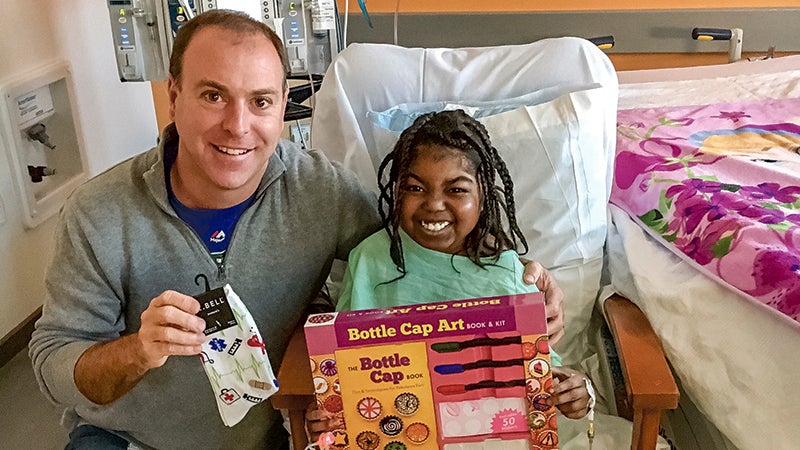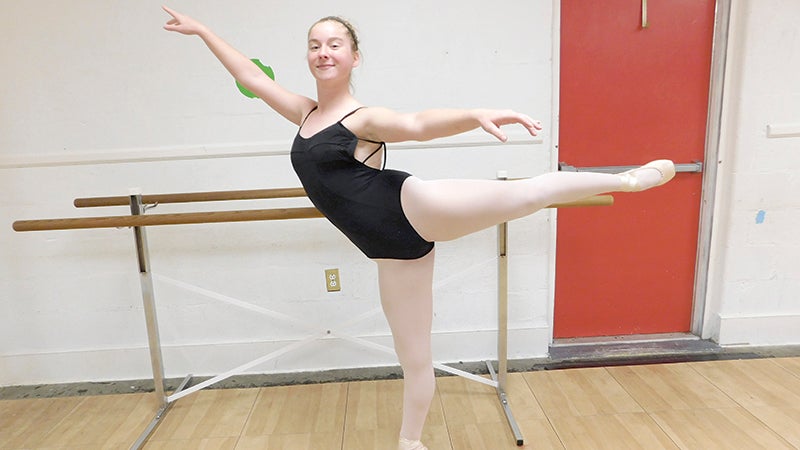Lego program launches
Published 10:16 pm Monday, October 22, 2012

Aidan and Zachary Thompson learn with Lego at Kilby Shores Elementary School with Robin Frazier of Bricks 4 Kidz.
Eleven boys and two girls were on the edge of their seats at Kilby Shores Elementary School on Monday as they waited for Lego kits.
Before the goods were distributed, though, they listened to Robin Frazier, from for-profit after-school program Bricks 4 Kids, tell them about Neil Armstrong and Buzz Aldrin’s hair-raising 1969 trip to the moon.
“The Eagle has landed” and “This is one small step for man, one giant leap for Mankind,” cited Frazier, running through the historic script.
Then the kits were placed at tables in pairs, one for every two students, and the kids got to work building miniature models of the lander module that Saturn V had blasted into space on the Apollo 11 mission.
Unlike the spectacular blast-off during the moon mission, however, Bricks 4 Kidz has had a little difficulty getting off the ground in Suffolk.
It clashed with a school district policy requiring any for-profit company wishing to use school facilities to pay rental fees, and the cost would probably have made it unviable.
Kilby Shores Parent-Teacher Association President Ida Thompson said she was able to bring it to the school by forming a partnership between the PTA and Bricks 4 Kidz, which is a separate company not sponsored or endorsed by Lego.
Florence Bowser and Driver elementary schools have been able to secure the program using the district’s Partners in Education program.
“Through Partners in Education, they can use our facilities without having to pay the rental fees,” district spokeswoman Bethanne Bradshaw said, “particularly when it’s beneficial to the kids.”
School principals and PTAs will need to decide for themselves whether Bricks 4 Kidz is worthy of an application under the district program, she added.
The weekly science enrichment classes using Legos run for six weeks and cost parents $20 for each child.
Frazier said the idea is to build lessons about history, geography and other disciplines into an interactive lesson incorporating science, technology, engineering and math.
“It deals with spatial reasoning and hand-eye coordination,” she said. “They are learning basic functions (like) how to build with gears and pulleys, and it’s also teaching teamwork.
“Studies have shown that by involving this type of learning in education, children will retain more of what they learn.”
It’s a way for school districts to introduce the kind of interactive lessons that are difficult to provide in-house with shrinking budgets, she said.
“It’s hard to supply this type of material,” Frazier added. “My Lego pieces get lost, and I have to replace them.”





